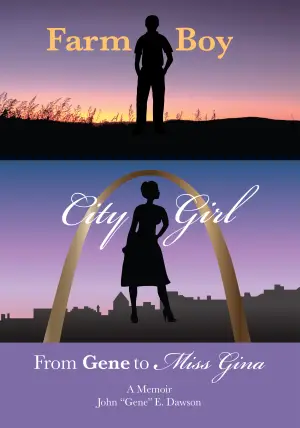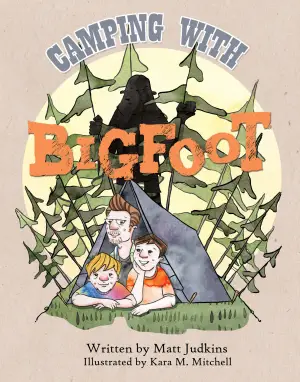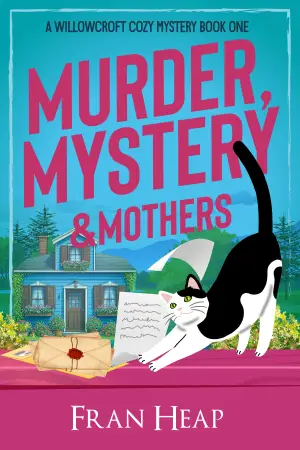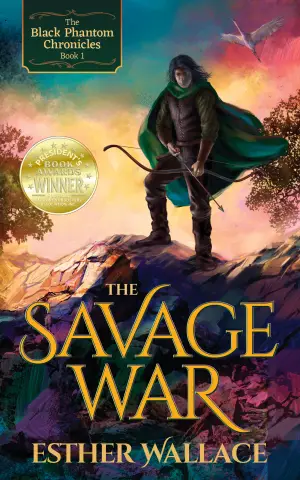When I first picked up Vanishing Daughters by Cynthia Pelayo, I felt an unmistakable tug at my curiosity. As a fan of stories that blur the lines between reality and the ethereal, I was intrigued by Pelayo’s reputation as a master storyteller in the realms of urban legends and horror. Having loved her previous works set in Chicago, I was eager to dive into her latest offering—a haunting narrative steeped in grief, folklore, and the very real dangers women face.
At the heart of Vanishing Daughters is Briar Rose Thorne, a science journalist grappling with the recent loss of her mother. As she mourns in her family’s crumbling Victorian mansion, she finds herself ensnared in a web of supernatural occurrences and the chilling reality of a serial killer dubbed the Chicago Strangler. Pelayo’s dual masterstroke lies in seamlessly weaving together the rich folklore of Chicago—especially the legend of Resurrection Mary—with the grim realities of violence against women. Briar’s journey is deeply touching, illustrating how grief can distort not just perception but also one’s sense of safety in the world.
What struck me particularly was Pelayo’s atmospheric writing. Her vivid descriptions pulled me into Chicago’s haunted corners, from the eerie Bachelor’s Grove Cemetery to the shadowy paths of Archer Avenue. The prose has a lyricism that mirrors Briar’s fragile mental state, capturing both the beauty and the horror of her experiences. When she writes, “There’s a delicate scent of rose lingering in the air,” it’s a sensory detail that lingers long after the page is turned, evoking a wistfulness that is difficult to shake off.
Pelayo deftly explores themes like the persistence of trauma and the re-telling of stories that shape our understanding of both the living and the dead. One passage that resonated with me was Briar’s reflection, “Why do we fear the ghosts of women who were murdered? Why don’t we fear the thing that made them what they are?” This poignant question not only highlights the societal complexities surrounding female victimhood but also urges us, as readers, to confront uncomfortable truths about the narratives we perpetuate.
However, Vanishing Daughters is not without its shortcomings. At times, I found the story meandering, especially in the middle where repetitive dream sequences took the pacing down a notch. Certain secondary characters, while serving an important role, felt a bit underdeveloped, almost like shadows passing through Briar’s absorbing journey. The complexity of interwoven plots sometimes led to confusion, particularly as the final act approached.
Nonetheless, Pelayo’s ambitious narrative shines brightly, and her ability to intertwine folkloric elements with relatable human experiences makes Vanishing Daughters a compelling read. For anyone intrigued by atmospheric horror laden with both emotional and intellectual depth, this novel is sure to leave an impression, encouraging a deeper reflection on trauma and the stories we tell.
In closing, I recommend Vanishing Daughters to lovers of ghost stories, mystery enthusiasts, and those who appreciate a nuanced exploration of grief and history. As I closed the book, the experience felt eerily personal—a haunting reminder of both the beauty and terror that resides within our shared narratives. If you find yourself drawn to the enchanting yet ominous, you might just find that Pelayo’s work resonates long after the final page has turned.












